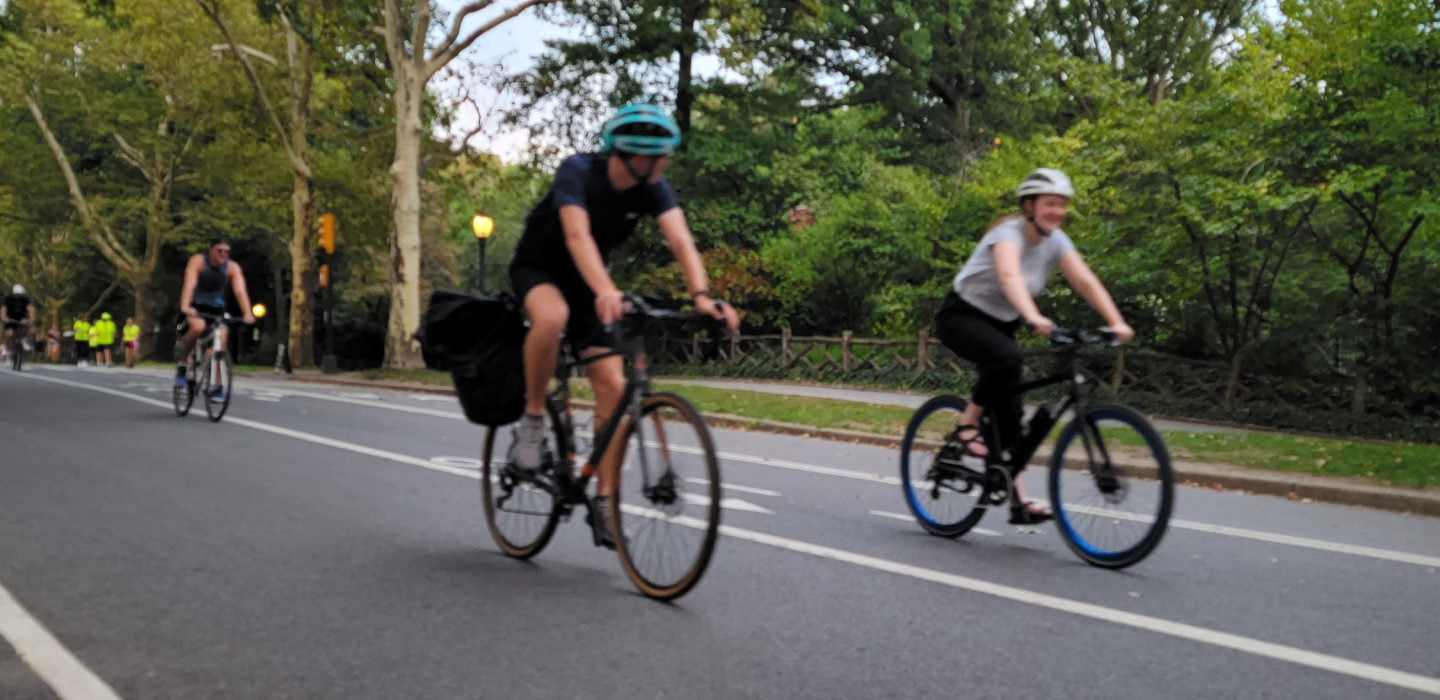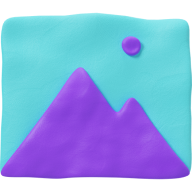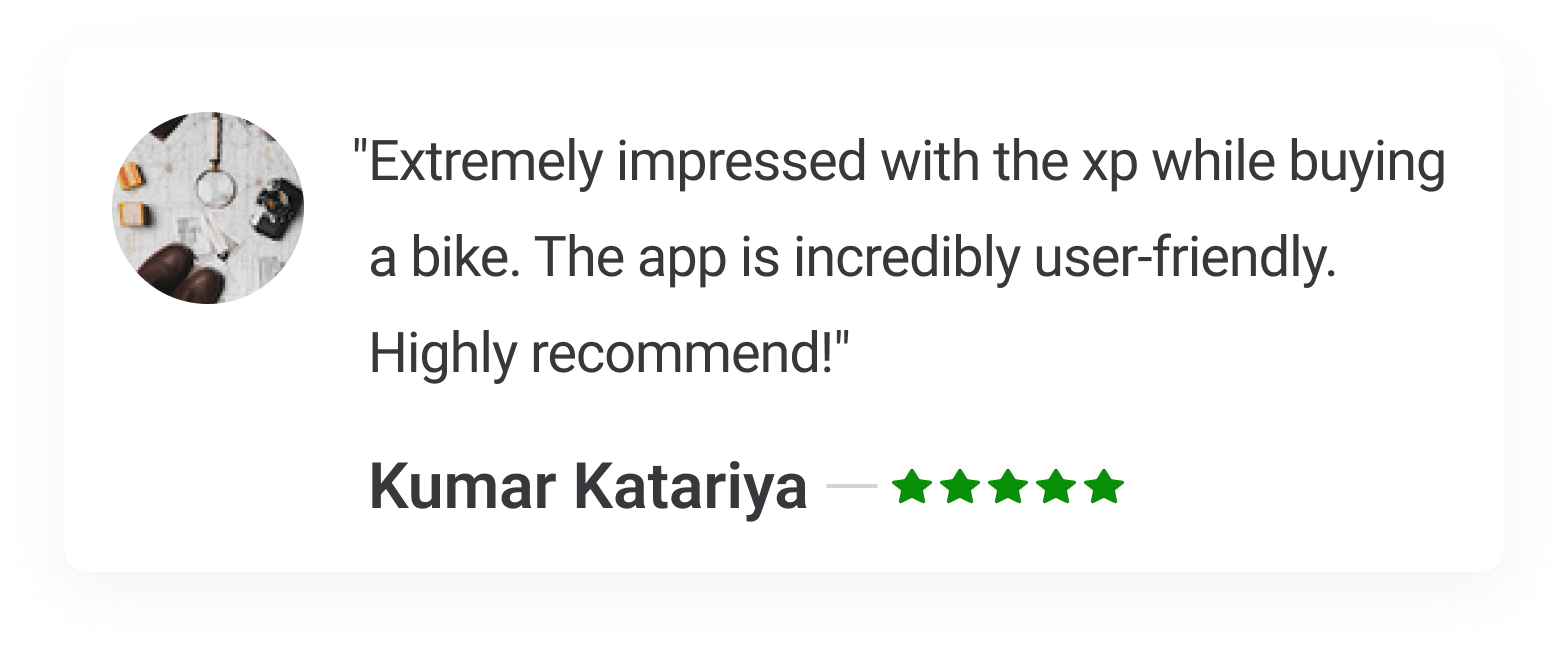How to pack for a bicycle tour

Once you got the hang of cycling and day to day commuting you may be interested to try short to medium distance touring for a change. In this article the author, who has toured SF to Tuscon, gives you an overview of what he packed for Seattle to SF. This is by no means a comprehensive list and you should always do your own planning, taking into consideration the route, duration and any specific dangers particular to your trip that you’ve researched ahead of time. Before I dive into the list packing light is essential. Any random pounds you bring you will be humping up and down mountains for days or weeks to come. Consider the light weight variants of things you own or planning to use bring things that are multi-use (biking clothing as walkaround clothing, towel as the pillow, bicycle glasses as your pair of sunglasses, etc.) It is important to lay out all the categories of items you’re bringing on your living room floor and really think critically about what you’re bringing and why. The main categories I include are: repair & maintenance tools/parts, bicycle clothing, non-bicycle clothing, camping gear, electronics, food, defense measures Repair Tools & Parts Within this category fall all the tools you need to repair stuff on the road. Sometimes you may be dozens of miles from the next town or hundreds of miles from a town with a bike shop. Bring tools to repair flats: tire levers, needle-pliers to pull out puncture objects, frame pump, patch kits, tubes. Bring multi-tools to repair anything on your bike that requires a hex or a wrench ( and make sure you have all the sizes for all the parts on your bike ) A chainbreaker and a spoke wrench are also handy. For anything else bring a pack of zipties and electric tape #trustme Lastly a spare folding tire can come in handy, considering you might roll over something that will slice your tire in half rather than just give you a puncture. For many of these tools bring a set of spares to keep in a separate paneer in case you loose/forget something on the road Electronics Generally start with your smartphone and two sets of compatible charging cables. Again put one of the spare charging cables in separate paneer in case you loose it. To keep your phone charged reliably a power brick with compatible cable to your phone is a must - I use ByteTech 18000mAh and anything with a big cell + small profile should work. I also carry a GenerationZero solar panel from REI on my front rack to charge my battery brick and phone. You can alternatively get a front hub generator but in my case I have a really nice set of old touring wheels I did not want to rip apart. Bring a non-smart watch with long lasting batteries such as a Casio to keep track of time to get rolling, and especially time till sundown. You can not rely on an Android/Apple watch as there's generally not enough opportunities to charge those and they run out of battery within a day or two Camping Enjoy the outdoors and camp on your tour! Its a great way to see the outdoors and be one with nature, as well as meet some new friends. Generally a tent and sleeping bag are all that is required. Cooking stoves seem to be a waste of weight as you can stop in towns for warm food most days along the road. For a tent a one-person tent such as North Face from REI is enough to fit yourself and all 4 of your paneers. For a sleeping bag consider something with more cold protection like a Marmot bag rated safe for fairly cold temperatures. An additional option is a light weight air-inflatable mattress to raise your body off the cold ground and give your hips some room from the terrain. Most importantly consider how you will carry your camping gear and if doing so requires strapping it onto the racks outside your paneers you will need cycling safe bungies that wont come undone into your spokes. I will also highly recommend a roll of toilet paper. There has not been a tour where I wasnt glad I had brought it ;) Cycling Clothing Generally 2-3 cycling jerseys and bibs for warm days. Additionally 2-3 warm and/or waterproof pants for stormy days and walking around town. 4-5 sets of underwear and 6-10 pairs of cycling socks ( socks that are designed to not cause blisters and collect moisture ) A Patagonia insulated jacket is great for cold days because of its total weight and ability to pack into a light square. An additional regular good insulation sweater is handy for days where the first jacket is not enough. For cycling in the rain you will also need a set of bike shoe covers, such as from POC and maybe some simpler front-of-shoe vent covers on windy days. Other than waterproof pants you will most definitely need a rain-proof jacket ( does not need to be warm. you can put one or both of the insulation layers on underneath it ) And a rainproof cap which can go over the helmet or under it, such as a regular-style roadie cap I found from GORE. If you don't have the sharpest vision a pair of cycling glasses with prescription/polarization is great as well as lenses/glasses for night time riding. Cycling gloves as per usual, and if possible out of high-viz material with reflective bits. A road safety vest is potentially the most important addition if you expect to be riding on roads with little shoulder and frequent heavy commercial traffic ( freight trucks, logging trucks, RVs, pickups, etc. ) Food I usually take whatever I have in the fridge when I leave for a multi-week tour as well as bring a box of CLIFF bars for times when I may not have food between towns. I am also a fan of CLIFF power blocks - all sugar energy you can pop when starting to feel down towards the end of a long day in the saddle. Additionally some of the powdered stuff that can be poured into water bottles which can be purchased at reputable LBS locations has worked really well but I do not have a brand recommendation on those. I carry 3 water bottles on my frame because its better to have too much than run out on a tour. When going through a desert I had additionally brought a camel back and purchased bottled water to stow all over my paneers. On many tours and especially the last one, you want to leave space to store food you buy/find on the road. Every week of my Pacific NorthWest tour I managed to find an apple tree dropping apples! My paneers were usually so full of delicious apples I was handing them out for free along the way :) Defense measures The most obvious defense measure is the locks you bring. Even though we want to trust people to behave around cyclo tourists the truth is that a touring bicycle usually represents a high-value target. Carrying a ulock, like a Kryptonite, to lock through atleast the rear wheel or lock the frame to some object while unattended is essential. An additional long chainlock to lock the wheels or to lock around bigger objects than a ulock can handle is also highly recommended. In terms of being chased by dogs there are several different options as well. After being chased by unleashed dogs on several tours I got a pocket knife which I later upgraded to a Glock bayonet I keep on the handlebars. I have seen other cyclists carry big strong wood sticks such as what you would expect to find on a police officer. And it has also been recommended to me to buy dog/pepper spray or loud air horn/can. In some states it is also legal to buy and carry bear spray - although be warned even an accidental spray in your tent or on your body can lead to highly unpleasant results. With all this being said - once you lay out all the items on the floor you can visually group them into these categories and make sure nothing is missing or is forgotten. When packing generally designate what goes into which paneer so you can stay organized on the road. For example I always put my main set of repair tools in one of the front paneers, and electronics in the other front one. Clothing, camping and spare repair stuff always goes in the rear ones where I dont need to get at it frequently during the ride. Investing in a handle bar pouch/bag can also be a god-send allowing you to stow things you can access on the move or when stopped but without having to dig through your bags. I hope you found this article useful and I would love to hear how you pack. Send me a note at www.instagram.com/sprocketblog and if you're looking for a bicycle check out our bike marketplace app via www.sprocket.bike









